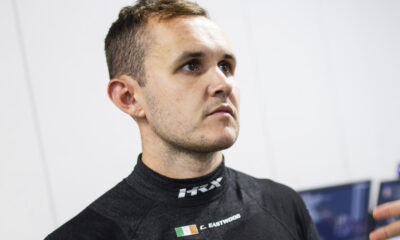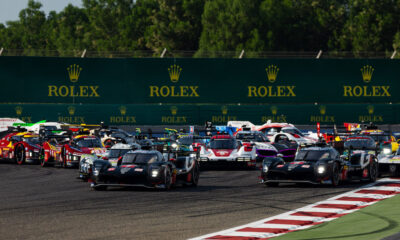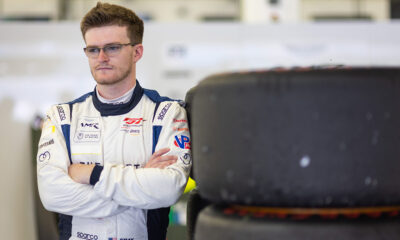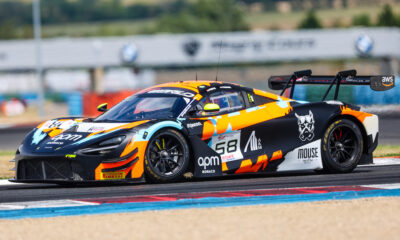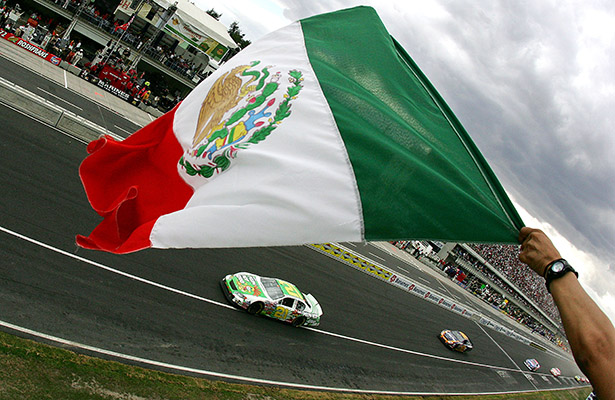
Photo: Miralle/Getty Images for NASCAR
The FIA World Endurance Championship will return to Latin America 2016 with the addition of a new round in Mexico City, an event that series boss Gerard Neveu is hopeful of turning into a long-term success.
“When we decided to build this championship, the target was to visit four continents,” Neveu told Sportscar365. “To have a race in North America, a race in Latin America, three in Asia and three or four in Europe. That was the target.
“Last year we lost Brazil for technical reasons because it wasn’t working for the circuit. We decided to put Nürburgring in place.
“At the end, regarding the success we had at the Nürburgring, it was impossible to imagine that we avoid the race in the future. So we’ve kept Nürburgring on the calendar.
“It was logical to be back in Latin America. At this moment. the best opportunity in Latin America is definitely Mexico City, regarding the economical situation and circuit facilities.”
While the Sept. 2-4 event at the newly renovated Autodromo Hermanos Rodriguez circuit will be the first trip for the WEC in its current guise, the famed Mexican circuit hosted rounds of the World Sports Car Championship from 1989-91.
Neveu said the event — which is still to be confirmed as the contract is being finalized — has been put together by a group of people and an individual company that will be announced in due course.
“We found some partners that were interested to work with us,” he said. “We engaged the discussion just a few months ago. It has to be confirmed. It’s still a negotiation but it’s going forward very quickly.”
One of the added benefits of the Mexico City round, Neveu said, is that it will not result in additional travel costs for teams, as the event will take place two weeks prior to its trip to Circuit of The Americas.
Cars and equipment will be air-freighted from Europe to Mexico City, via four 747s, which will then fly to Austin.
“We always pay a lot of attention for the fact that we don’t want to see teams with huge difficulties on the financial side,” Neveu said.
“We’re trying to help this way, that’s the reason we decided to use the fee we receive from Mexico to pay all the freight from Europe to Mexico. It will be free for the teams. We’ll take charge of all the plane and freight costs.
“When you have a race two weeks later after that, it’s easy to keep your staff in place, for one week holiday break like this, and you save money for the travel, the jet lag and everything. It was a sold decision.”
The other significant change to the calendar has been the reduction of the post-Le Mans gap from more than two months to just five weeks, with the Nürburgring round moved up to July 22-24.
“After many years, we understood that this big gap after Le Mans was not good because… nobody wants to see the story stop,” Neveu said. ‘They say, ‘Who will take the revenge? Who will be the next winner?’
“The idea was to keep the link and try to find a solution to organize an event one month after [Le Mans]. You have to take a minimum of four weeks to recover after Le Mans. We found a good solution with the Nürburgring.”
While having been in discussions with a number of other circuits, including Monza, Montreal and Indianapolis, Neveu said not to expect any further expansion in the calendar in the short-term.
However, he wouldn’t rule out unsuccessful events being replaced. Neveu said initial contracts with circuits are typically “one plus-two” meaning the WEC has the option to renew for two additional years after the initial event.
“Everything is possible but there’s always current contracts,” he said. “If nothing crashes and everything is correct, we’ll respect the current contracts.
“We added one race for [2016] so that means for the next two or three years, nothing will change regarding the economical impact for the teams.
“If there is any problem with one race, it will be possible to change for another destination. But normally, you have [stability] for the next two or three years.”
Tony DiZinno contributed to this report



















